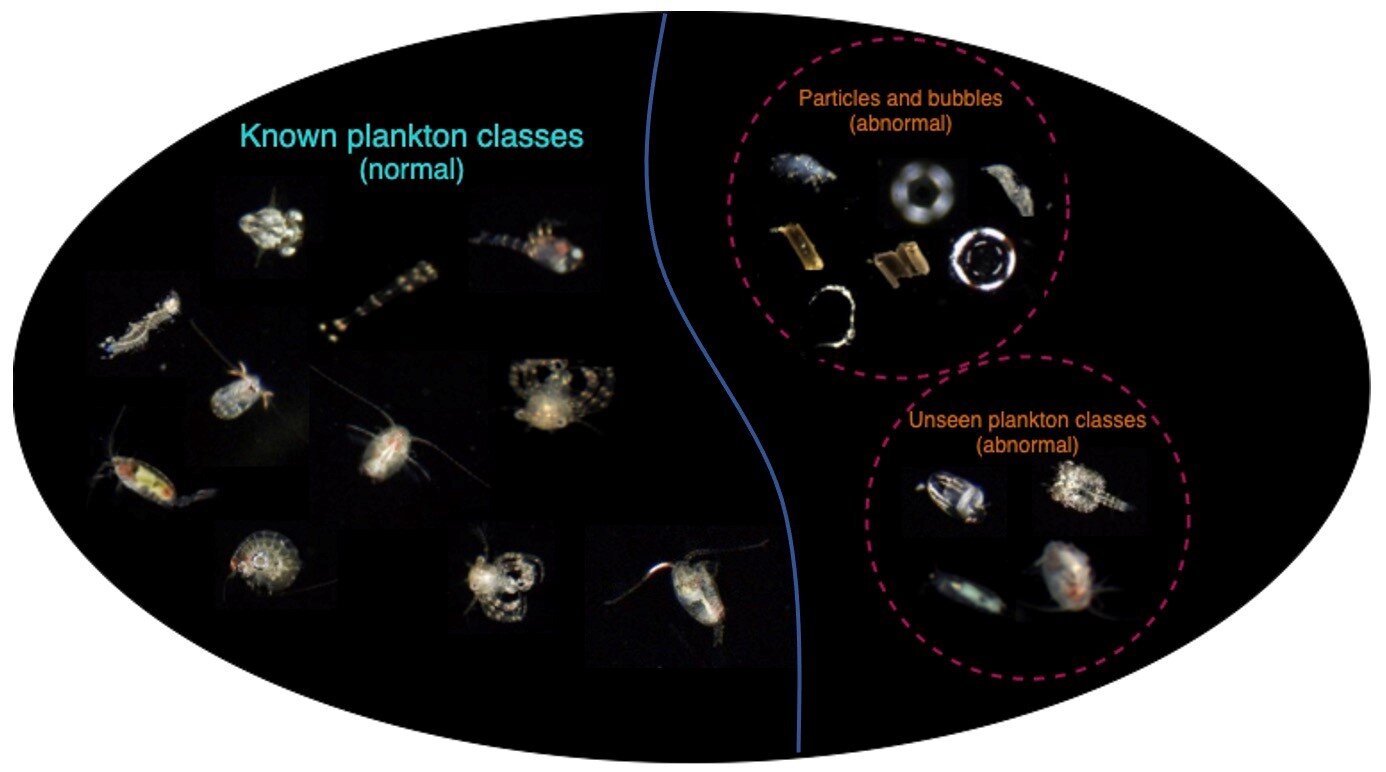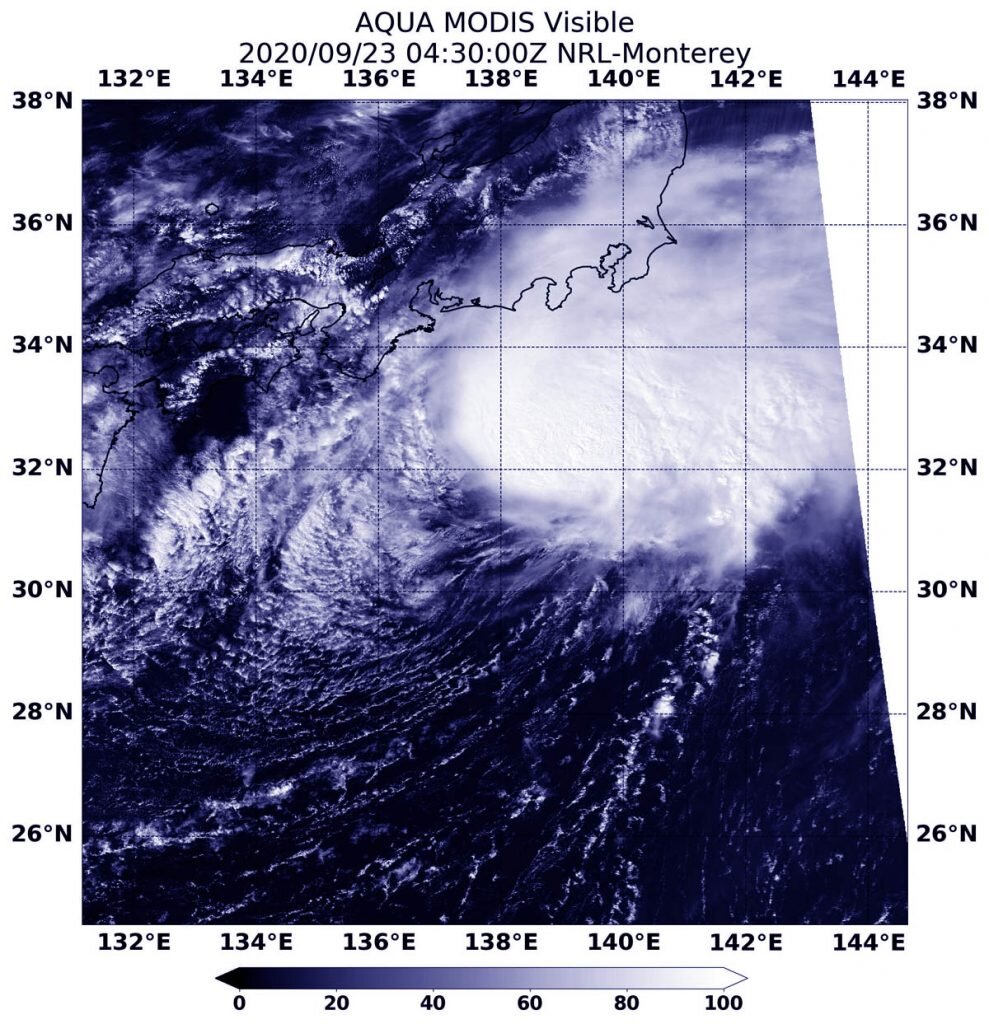#Climate change forces rethinking of conservation biology planning

“#Climate change forces rethinking of conservation biology planning”

For more than a decade, governments in countries across the world have made significant progress to expand their protected areas network to conserve the planet’s biodiversity. According to a new study published in the journal Global Change Biology, the locations of these protected areas do not take into account the potential long-term effects of climate change in these protected areas.
Creating and managing protected areas, such as national parks, is key for biodiversity conservation. As the climate changes, however, species will disperse in order to maintain their specific habitat needs. Species that were in protected areas 10 years ago may move to an area outside the protected zone that matches the temperature or the food diversity they need to survive.
Accurately predicting where species will migrate in a changing climate is difficult. Instead, researchers with the National Institute for Mathematical and Biological Synthesis (NIMBioS) and the University of Tennessee Department of Ecology and Evolutionary Biology (EEB) decided to look at how much land is available outside the protected areas that could potentially serve as new protected areas for biodiversity conservation.
They conducted the first global, country-level assessment of three key land prioritization approaches countries could use to expand their protected areas network to maintain biodiversity under climate change. The results do not bode well for protecting biodiversity and species habitat needs in a changing climate.
“We studied locations that will likely be most valuable to biodiversity as the climate changes, but found that most countries did not appear to target these types of lands for protection,” said Luis Carrasco, lead author of the study.
Researchers looked at the amount of new protected areas located in regions where climate change is projected to be slower; areas where the terrain can shelter a high number of species; and areas that increase connectivity between protected areas, which allows species to move between them to escape adverse climatic conditions.
“Deciding where to place new protected areas is very complex, but ignoring areas that are likely to help protect biodiversity under climate change is risky, as we are not sure whether current protected areas can adequately cover the future distribution of biodiversity,” Carrasco said.
Researchers also looked at the potential of each country to add protected areas in lands that might maintain high levels of biodiversity in the future.
“We discovered that 94% of the countries in our study have a high potential for better protecting lands where climate is changing slowly and can act as a refuge for biodiversity, lands with high topographic diversity, or lands that increase connectivity,” said Xingli Giam, EEB assistant professor and the senior author of the study. “We hope that countries can use our findings to identify opportunities to improve their climate adaptation strategies for preserving biodiversity in the long term.”
The authors caution that other approaches to protect biodiversity under climate change exist, but these approaches were not the foci of their work. Their study suggests that countries have not fully harnessed the potential of protected areas to protect biodiversity against climate change.
“A wide variety of strategies to locate and manage protected areas are currently being developed,” Carrasco said. “We are very hopeful that these strategies will be widely implemented during the next decade.”
Protected areas help waterbirds adapt to climate change
Luis Carrasco et al, Global progress in incorporating climate adaptation into land protection for biodiversity since Aichi targets, Global Change Biology (2021). DOI: 10.1111/gcb.15511
Citation:
Climate change forces rethinking of conservation biology planning (2021, February 16)
retrieved 16 February 2021
from https://phys.org/news/2021-02-climate-rethinking-biology.html
This document is subject to copyright. Apart from any fair dealing for the purpose of private study or research, no
part may be reproduced without the written permission. The content is provided for information purposes only.
If you liked the article, do not forget to share it with your friends. Follow us on Google News too, click on the star and choose us from your favorites.
For forums sites go to Forum.BuradaBiliyorum.Com
If you want to read more Like this articles, you can visit our Science category.

